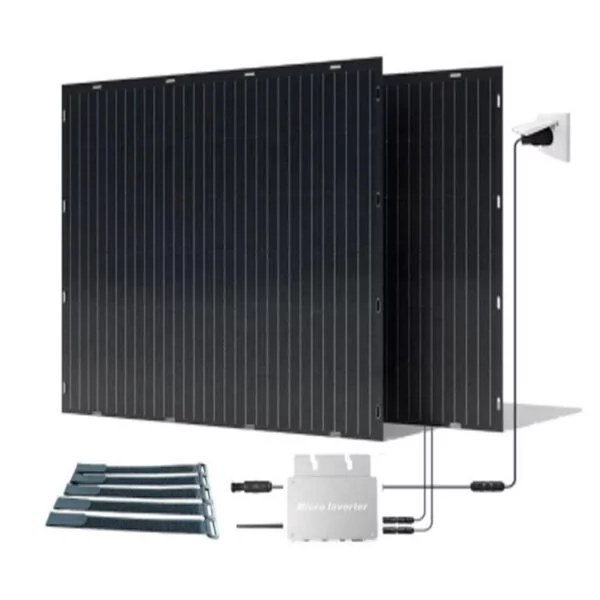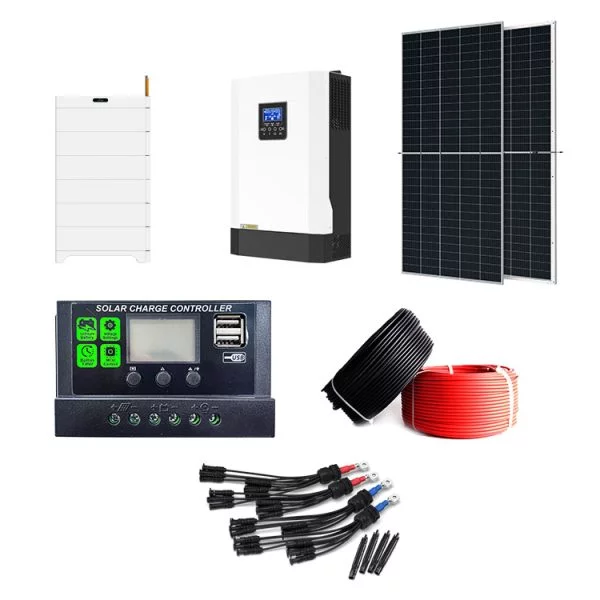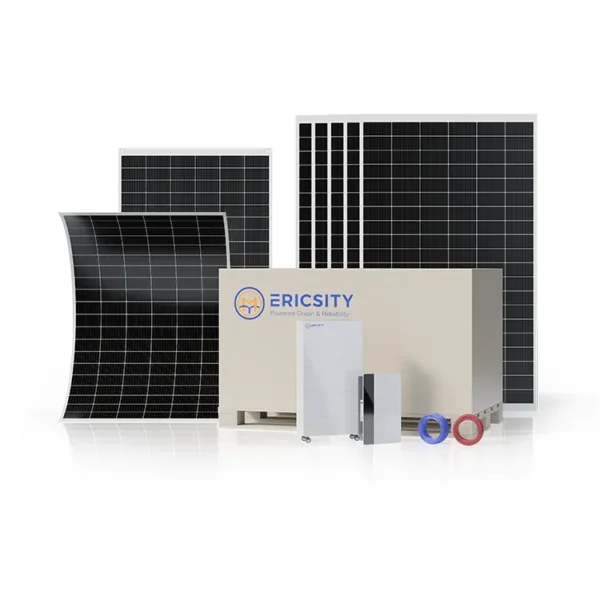HOT PRODUCT
Product Details
the Impact Of Semi-flexible Solar Panels On Energy Grids
Title: The Impact of Semi-Flexible Solar Panels on Energy Grids
Introduction
The growing demand for sustainable energy solutions has led to extensive research and development in the field of solar energy. As a part of this, semi-flexible solar panels have gained significant attention for their unique characteristics and potential impact on energy grids. These panels offer distinct advantages over traditional photovoltaic systems, such as improved aesthetics, enhanced versatility in installation, and increased energy production efficiency. In this article, we will explore the impact of semi-flexible solar panels on energy grids and discuss their potential benefits for future sustainable energy ecosystems.
1. Increased Installation Opportunities

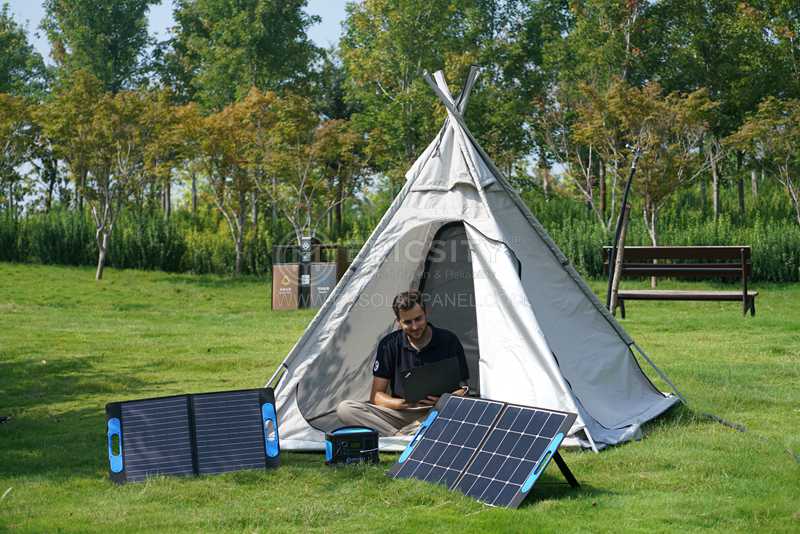
One of the key advantages of using semi-flexible solar panels is their increased installation opportunities. Unlike traditional rigid panels, semi-flexible panels can be mounted on curved surfaces, enabling their integration into new and unconventional spaces. This characteristic allows for more efficient utilization of available surfaces, such as curved rooftops, building facades, and even vehicles. By expanding design possibilities, semi-flexible solar panels can contribute to an increased adoption of solar energy across various applications and sectors.
2. Improved Aesthetics
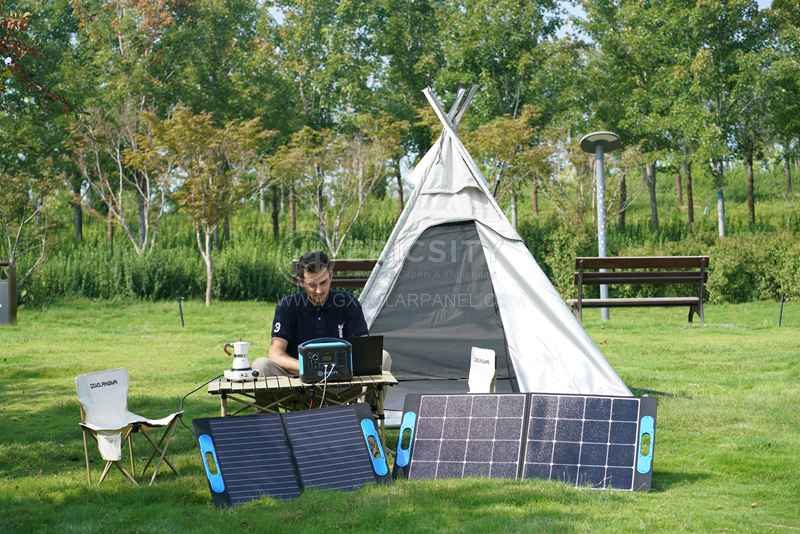
Traditional solar panels are often criticized for their visual impact on structures, especially in residential areas. However, semi-flexible solar panels provide a more aesthetically pleasing alternative. The flexible nature of these panels allows for seamless integration into architectural designs, blending with the surrounding environment. This potential reduction in visual impact can encourage public acceptance and promote the widespread adoption of solar energy as a viable option for energy generation.

3. Enhanced Energy Production Efficiency
Semi-flexible solar panels have shown promising advancements in energy production efficiency. Due to their flexible design, they can better adapt to changing sunlight angles throughout the day. This characteristic maximizes solar energy absorption, ultimately increasing the overall efficiency of the system. Additionally, semi-flexible panels can better handle partial shading, minimizing energy losses often associated with conventional solar panels. Consequently, higher energy production from semi-flexible panels can lead to increased renewable energy integration into existing energy grids.
4. Integration into Urban Infrastructures
The utilization of semi-flexible solar panels has the potential to transform urban infrastructures by integrating renewable energy sources into the existing grid network. These can include solar panels embedded within parking lots, sidewalks, or even windows, the energy generated could be used to power nearby buildings or offset grid power consumption. Such integration decentralizes energy production, reducing transmission losses, and enhancing overall grid efficiency.
5. Resilience and Durability
Semi-flexible solar panels are designed to withstand various environmental conditions, including strong winds, temperature variations, and even hail. They are engineered using flexible, lightweight materials that provide resilience and durability, ensuring their longevity. This characteristic is particularly crucial in regions prone to extreme weather events, as it reduces maintenance costs and increases the lifespan of the panel installations.
Conclusion
The emergence of semi-flexible solar panels introduces innovative possibilities for integrating renewable energy generation into our energy grids. Their enhanced installation opportunities, improved aesthetics, increased energy production efficiency, integration into urban infrastructures, and resilience highlight their potential benefits to future sustainable energy ecosystems. As the global demand for clean energy continues to rise, the utilization of semi-flexible solar panels can play a significant role in achieving a more sustainable and environmentally friendly approach to energy generation and consumption.


